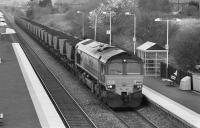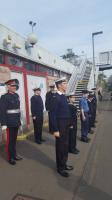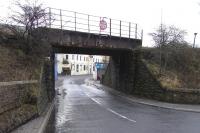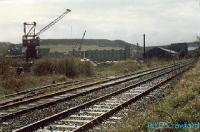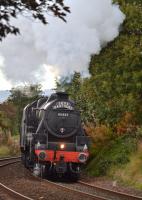Dunfermline and Queensferry Railway
Introduction
This line is open. From Charlestown Junction (Dunfermline) south to Inverkeithing South Junction it is in regular use. South of this it provides the first part of the line to Rosyth Dockyard.
Dates
| / /1873 | Dunfermline and Queensferry Railway Dunfermline and Queensferry Railway authorised. |
| / /1877 | Dunfermline and Queensferry Railway Dunfermline and Queensferry Railway absorbed by North British Railway. |
| 01/11/1877 | Dunfermline and Queensferry Railway Opened through Dunfermline (Comely Park) to North Queensferry. |
| 28/03/1917 | Dunfermline and Queensferry Railway Rosyth Halt opened. |
| 05/01/1970 | Dunfermline and Queensferry Railway Touch North Junction to Touch South Junction closed to passengers. |
| /03/1990 | Rosyth Dockyard Branch (North British Railway) Dunfermline and Queensferry Railway Rosyth Dockyard to Inverkeithing South Junction (excluded) closed. (But would re-open.) |
| /12/2001 | Dunfermline and Queensferry Railway Footbridge at Inverkeithing removed. |
Portions of line and locations
This line is divided into a number of portions.
Dunfermline to Queensferry
1877 and included the opening of Dunfermline Lower.
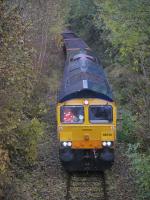
Bill Roberton 29/10/2023
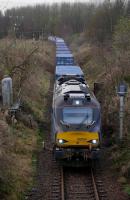
Bill Roberton 06/12/2020
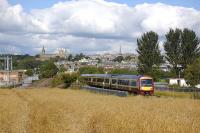
Bill Roberton 16/08/2010
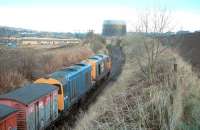
...
Bill Roberton //1991
This is a two platform station. It was notable for the street level ticket office on brick piers, accessed from the pavement by a footbridge. Sadly this was demolished in 1999.
...
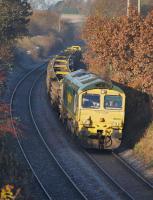
...
Bill Roberton 12/11/2023
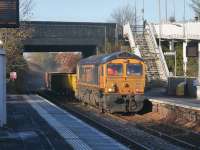
...
Bill Roberton 12/11/2023
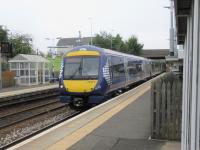
David Panton 25/08/2021
This forms the north part of a triangular junction. The main line runs south to Inverkeithing Central Junction and a single track loop line (formerly double) runs east to Inverkeithing East Junction. The signal box here closed in 1979, being taken over by the Edinburgh Signalling Centre. The box was on the north side of the junction. ...
More detailsSee also
Aberdour Line (North British Railway)
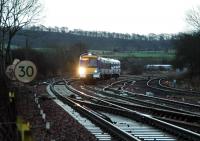
Ewan Crawford 28/12/2004
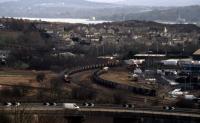
John Clark 16/02/2006
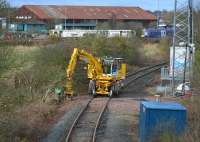
Bill Roberton 19/03/2017
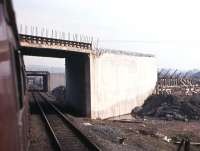
Frank Spaven Collection (Courtesy David Spaven) 23/03/1963
This junction is north of Inverkeithing station and opened for the opening of the Forth Bridge. It forms the southern apex of a triangle of lines. The reverse curves travelled by a train following the main line betray that the original route here was from Dunfermline to Queensferry.
...
See also
Aberdour Line (North British Railway)
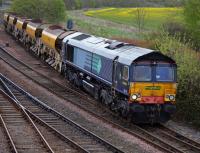
Bill Roberton 25/04/2017
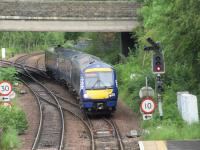
David Panton 16/06/2021
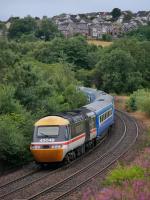
Bill Roberton 30/07/2022
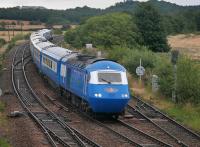
...
Bill Roberton 30/07/2022
This is a two platform station. The station still has a traditional North British Railway building on the southbound platform. The northbound platform has a modern station building with the ticket office and a car park.
...
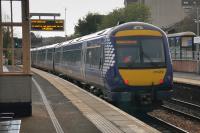
...
Bill Roberton 11/01/2023
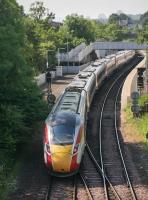
Bill Roberton 16/06/2023
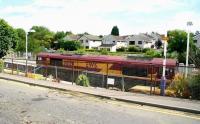
John Furnevel 25/07/2007
This junction is south of Inverkeithing station. Lines to the Forth Bridge and Rosyth Dockyard divide here. The signal box here closed in 1972, control being taken over by Inverkeithing Central Junction signal box.
...
See also
Forth Bridge Railway
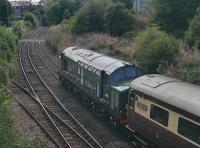
...
Bill Roberton 02/09/2023
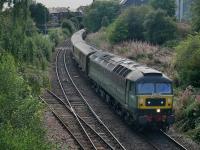
...
Bill Roberton 02/09/2023
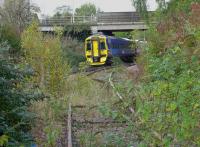
...
Bill Roberton 12/10/2023

Bill Roberton //1983
This station was to the south of Inverkeithing South Junction. It was the original station in Inverkeithing. It had a single platform and passing loop. Sidings were on the west side, approached from the north. A signal box opened with the station.
...
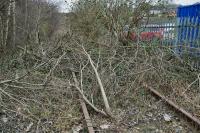
Bill Roberton 25/03/2023
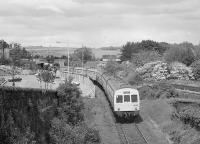
Bill Roberton //1985
A former paper mill owned by the Caldwell Paper Company and the Inveresk Paper Company after 1928. It was located on the north shore of the Inner Bay, Inverkeithing,
...

David Panton 30/01/2010

Bill Roberton 05/03/2012
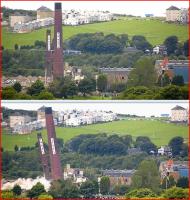
Below - ten ...
Bill Roberton 12/08/2012
This scrap and shipbreaking yard is operated by Robertson Metals Recycling, formerly R & M Supplies, formerly Thos W Ward. Many vessels have been scrapped her including HMS Dreadnought and RMS Mauretania.
...

Brian Haslehust 27/11/1965

Grant Robertson //1988

Grant Robertson //1988

Grant Robertson //1988
This was a junction on the Dunfermline and Queensferry Railway.
...
See also
Rosyth Dockyard Branch (North British Railway)
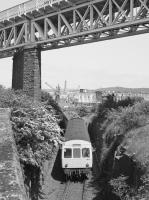
...
Bill Roberton //1986
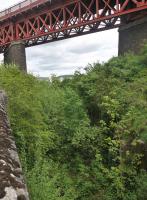
Bill Roberton 15/05/2023
This single bore and single track disused tunnel, about a quarter of a mile long, is north of the former North Queensferry [1st] terminus on the branch from Dunfermline. The station was on a pier and ferries crossed the Forth. This branch's role was replaced by the opening of the Forth Bridge Railway in 1890, but the line remained open to goods until 1954.
...
This was the terminus of the Dunfermline and Queensferry Railway at the Queensferry railway pier, immediately west of the town pier.
...

Brian Haslehust 04/09/1964

Brian Haslehust 04/09/1964
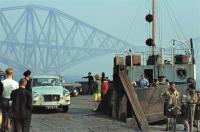
Brian Haslehust 04/09/1964
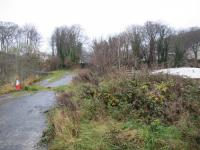
David Panton 25/11/2019
Touch Curve
Opened for Forth Bridge in 1890.
This was the northern end of a curve opened 1890 with the Forth Bridge to allow a Edinburgh Waverley - Stirling service via Oakley in addition to other services.
...
See also
Dunfermline Branch (Edinburgh and Northern Railway)
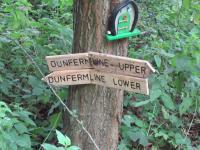
David Panton 25/08/2021
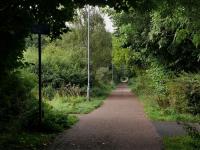
Bill Roberton 20/09/2021
This junction opened in 1890 with the Forth Bridge to allow a Edinburgh Waverley - Stirling service via Oakley. The north end of the new curve was at Touch North Junction.
...
See also
West of Fife Railway and Harbour

Bill Roberton 20/09/2021
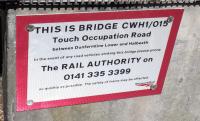
John Yellowlees 17/05/2019
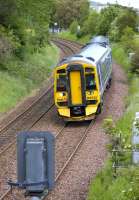
...
Bill Roberton 13/06/2011
Books
 Edinburgh To Inverkeithing.: including The Port Edgar, North Queensferry And Rosyth Dockyard Branches. (Scottish Main Lines.) |  Inverkeithing To Thornton Junction: Via Cowdenbeath (Scottish Mainlines) |










